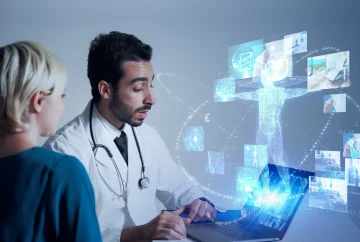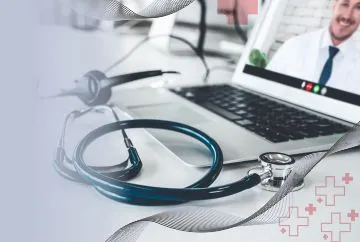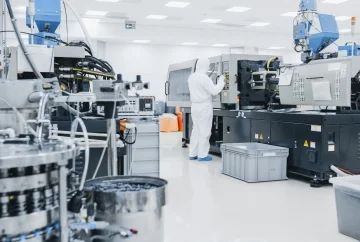Data in Pharmacovigilance: Rising Challenge
The ever-growing volume of data generated by clinical trials, drug usage, and other sources presents both opportunities and challenges for pharmacovigilance. Identifying and evaluating potential safety signals is essential to maintaining the safety of drugs and other therapeutic products. Big data analytics tools can help Pharmacovigilance professionals sift through large volumes of data to identify patterns and relationships that may indicate a safety signal.
However, not all of the data gathered from multiple sources are equal. Clinical trial data, for example, is subject to Selection bias, Information bias, and Observer bias, which can all lead to inaccurate conclusions about a drug’s safety profile.
Drug use data can also help identify potential safety signals, but it is essential to consider the source of information. For example, patients may be more likely to inform about adverse events than those not taking the drug (confounding by indication). In addition, the information is often unstructured and unverified, which makes it more difficult to draw accurate conclusions. The bottom line shows rising data complexities resulting in misaligned and delayed informed decisions paving the way for intelligent automation to manage drug safety.
Automation in Pharmacovigilance
Pharmacovigilance involves multiple checks, such as pre-clinical and actual trials, once the drug is introduced to the market. This process involves a large amount of data, sometimes unmonitored and unutilized. As the data plays a pivotal role in creating intelligent information for decision-making,
Automation in pharmacovigilance can help to improve the efficiency and accuracy of drug safety monitoring by tracking and managing a large amount of data.
Automation can track and report adverse events, monitor drug utilization, and conduct literature searches to ensure that potential safety concerns are identified and addressed on time. Automated systems can also generate alerts when new safety concerns are identified.





